According to the Waste and Resources Action Programme, the food industry produces around 400,000 tonnes of food waste, that’s completely avoidable. This equates to around £682 million worth of food waste in the restaurant sector each year.
Not only does food waste cost restaurants money, but it also impacts the environment. Willshee’s can always be counted upon to collect your leftover food waste via our dedicated food waste vehicle. We will then take your waste food away and dispose of it in an Anaerobic Digestion Plant that’s situated in our local area.
Your food waste will then be turned into biogas and rich fertiliser. Not only does this help you in terms of ridding your premises of waste, but it also helps the planet as it’ll be disposed of in a responsible, eco-friendly manner every single time. Keep reading to see how you can tackle food waste in your restaurant.
C
Stop over-buying stock
You need to look at what it is you already have in stock (we’ll touch on that further on in this article). Once you know how much of everything you have, you can then make a decision as to whether or not you need more of something. You should also look at all the expiration dates.
Is the food with shorter use-by dates going to run out before you get another delivery in? Timing is everything when it comes to buying produce for your restaurant, so make sure you think about it carefully and logically determine whether or not you need stock now or if it can wait till later.
C
Stock-rotate your produce
Stock rotation will avoid the chances of coming across expired foods. If your food has expired, then you’ll need to throw it away which contributes to food waste. Avoid this by using the first in, first out (FIFO) rule. This makes sure that the newer produce with a longer expiration date is placed at the back of the storage container and that food with shorter expiration dates is stored at the front.
This way, the food that’ll go out of date first will be used before it has a chance to expire in the first place. If your food doesn’t have a chance to ‘go off’, then it’s highly-unlikely it’ll be thrown away as food waste.
C
Ensure food is stored at the correct temperature
There are few strict requirements when it comes to storing food. It ensures food safety and prevents the growth of harmful pathogenic bacteria, which can make people exceptionally ill if eaten. If you store your food at the right temperature, it also lowers the risk of food waste because you won’t need to throw any spoiled food away. If you aren’t sure about the temperatures you should be storing your food at, then take a look at this article.
C
Label stock accordingly
Labelling food is important for a number of reasons, including preventing allergic reactions and avoiding serving up out of date food. Labels should notify your staff of the following things:
- The food type
- The use-by dates
- The product description
- Ingredients, allergen and dietary information, such as if your customers are allergic to nuts, are vegan, vegetarian or gluten-intolerant, for example
C
Keep a record of all the produce you have
Make sure you have a record of all the produce you already have in your fridges and pantries. This will not only ensure you’re using all of it within the use-by date, but it will also prevent over-buying produce and then wondering what to do with surplus food. Included in your records, you should note down the following information about the food you have:
- The temperature it needs to be stored at
- Is it meat, veg, dairy etc?
- Their use-by dates
C
Pay close attention to use-by dates on all produce
WRAP states that 21% of food waste that comes from a restaurant is because of spoilage. Therefore, it’s imperative that your employees are paying close attention to use-by dates on all produce, including liquids such as milk, cream and sauces.
Stock rotation will help to keep on top of this but make sure that use by dates are checked every single day before actually using the food for anything. Keeping an eye on this will help to reduce food waste considerably.
C
Watch out for portion control
It’s important that you don’t give a customer more food than they can actually handle. Make sure that the average person can eat it comfortably and still have a bit of room left over for dessert. The best way to do this is maybe try a few dishes on your family and friends and see how they get on. If they’re overly full with surplus food left on the plate, then you should reduce portion sizes.
Make sure that, once a portion size has been determined, your food handlers are dishing out those portions consistently. Maybe have cups, scoops or serving spoons available for those serving up the food, ensuring that each person gets one scoop of chips, two spoons of vegetables and one cup of pasta, for example. But remember, if there’s leftover food, ask the customer if they’d like to take the rest home with them to further reduce food waste.
C
Donate leftover produce to charities & food banks
There are, unfortunately, people today who rely on charities and food banks to keep going. The more you donate to these organisations, the more you’ll be able to help others in need. Where you won’t actually be gaining anything financially, you’ll be helping those in your local community. Not only does this stop food waste from going to landfill, but it will get put to good use and it will also help the planet.
C
Give customers more choice when it comes to menu options
If all your dishes come with chips or salad, for example, then you should give your customers a choice between the two. More often than not, salad is the only part of the meal that’s left on the plate if placed alongside a burger and chips. If you give the customer the choice as to whether or not they’d rather have salad over chips or vice-a-versa, then it’s far more likely that they’ll eat everything that’s plated up to them rather than having parts of the meal being left behind.
If you serve seasonal vegetables, wedges, onion rings and/or other things that could be paired with a meal, then put them on the ‘side dishes’ menu. This way, people have even more choices. Not only will this help to cut down on leftover food, but it might also make you more money if your menu is split up a little.
C
Compost any food waste you have to lower your carbon footprint
Where composting your waste food won’t save you money or tackle the initial problem at hand, it will help to save the planet and lower your carbon footprint. You could then use the compost yourself to grow new produce or donate the compost to local allotments, charities or initiatives in the local area so that other people can benefit from your leftover food. Where not every single food type can be composted down, the following can be:
- Coffee grounds
- Grains
- Fruit and vegetable peelings
- Bread products
- Tea bags and/or tea leaves
- Beans
- Pasta
- Sauces
- Soups
- Eggs
- Casseroles (not if they include lots of meat and dairy)
If, however, you do not wish to compost the food waste yourself, then you can ask Willshee’s to take your food waste away for you. With our dedicated food waste management services, you can rest assured that we’ll dispose of your food waste as responsibly as possible and in an eco-friendly manner every single time.
We’re proud to turn leftover food waste into biogas at our committed, local Anaerobic Digestion Plant. This renewable energy, made from your leftover food waste, can then be used to power a generator that produces electricity. This electricity is then classed as ‘green’ energy and is provided to the National Grid. This therefore reduces both our own carbon footprint and that of our customers simultaneously.
C
Train employees to ask the customer if they’d like to take any of their leftovers home
According to WRAP, 34% of leftover food is that which is left on customers’ plates when they’re finished. To try and mitigate this and to ensure they’re going away with the food they have ordered, offer them a ‘doggy bag’ or a box so that they can take their leftover food with them. Not only will they be able to enjoy the rest of their lunch or dinner later in the day, or even the next day, but it also means you’ll have less food waste to deal with.
C
If you own a buffet-style restaurant, give customers smaller plates
Buffet-style restaurants put a lot of their food waste down to their customers putting too much on their plates and, therefore, not being able to finish it all. Try to prevent this from happening in the first place by having smaller plates on offer from the offset. Not only does this help your customers to gauge how much they’re actually eating, but it will also help to stop food waste as a result of, simply, greed.
C
Make sure staff are trained in how to reduce food waste
All food handlers have to be trained in food safety, by law. However, this training needs to extend to how food handlers deal with leftover food. As such, kitchen staff need to learn how to do the following:
- Store food correctly, including making sure it’s at the right temperature
- Cook food properly, ensuring nothing is sent back to the kitchen, thrown away and cooked again, which will also save you money as well as reduce food waste
- Keep the kitchen, especially, clean, but the entire premises must also be clean
- Prevent cross-contamination, this also stops customers from feeling poorly
C
C
For more information about Willshee’s food waste management services, or to find out about our skip hire services, get in touch with a member of our dedicated team – we’re always happy to hear from you.






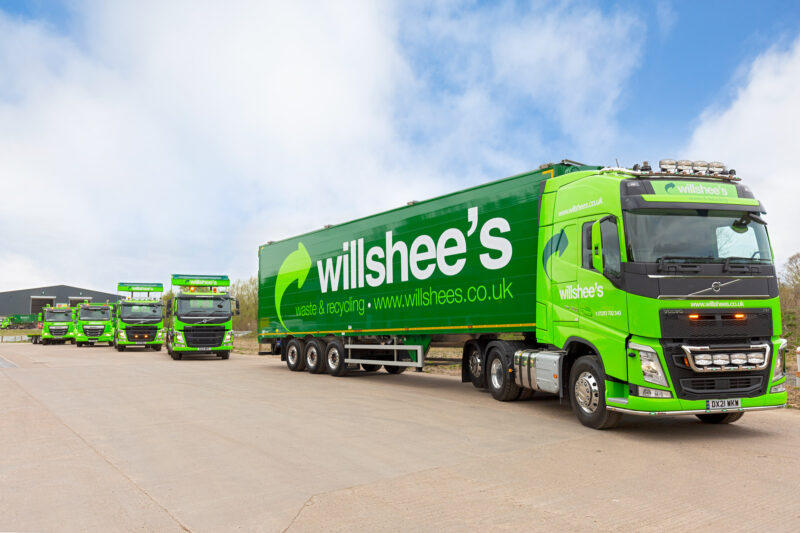
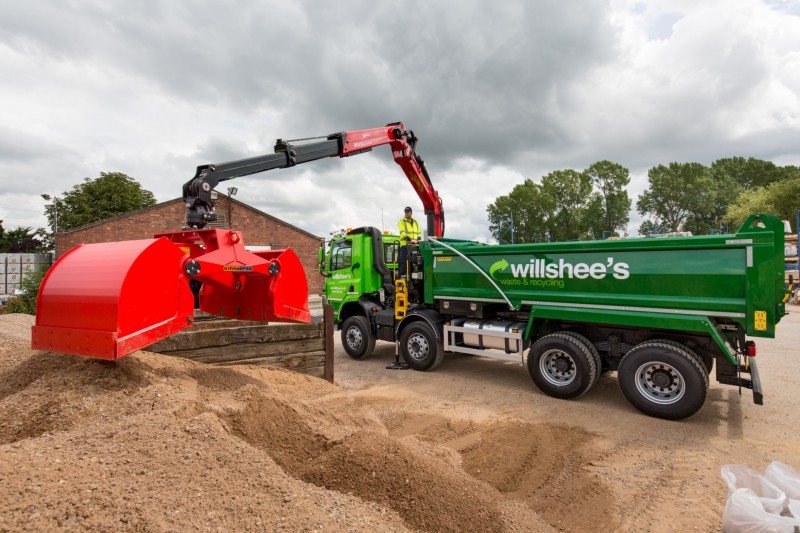


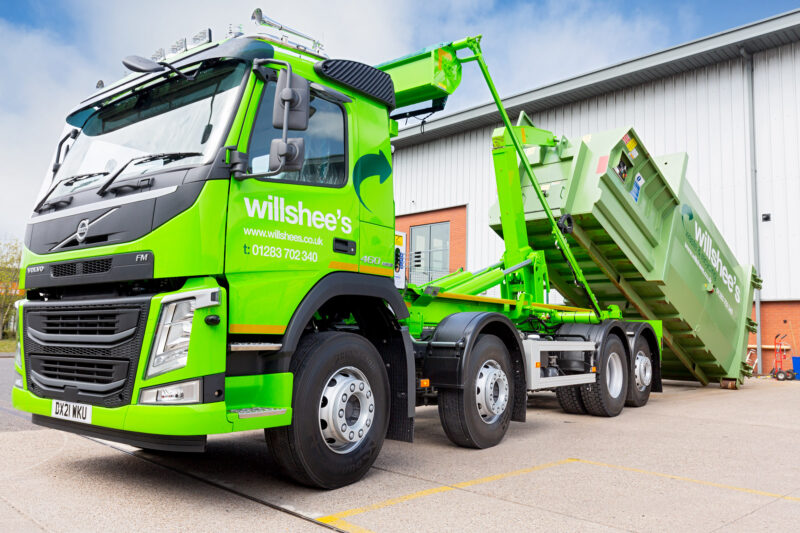
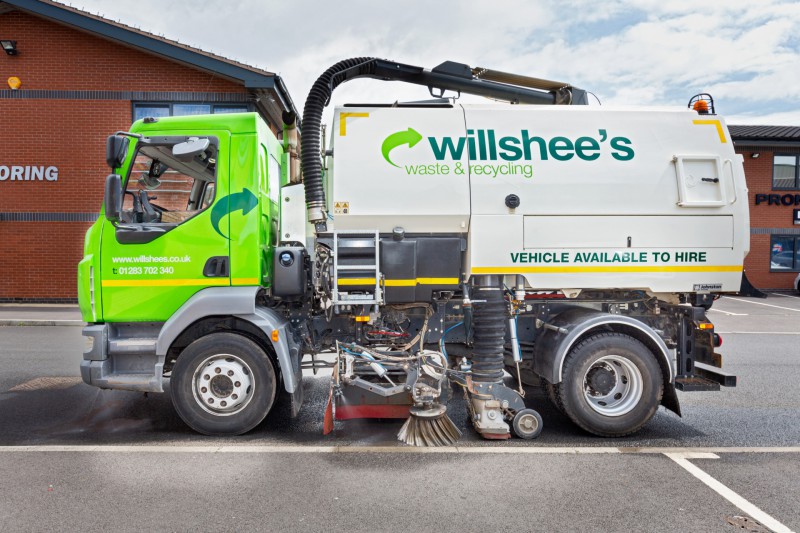
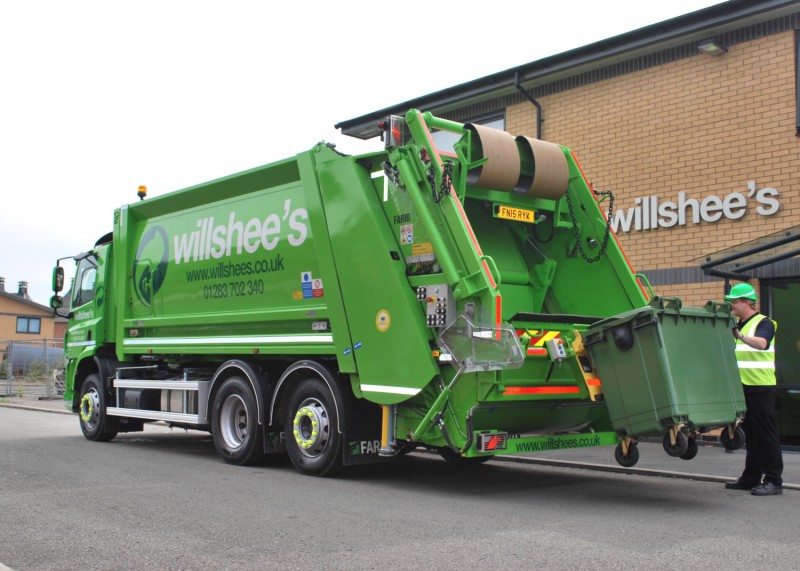
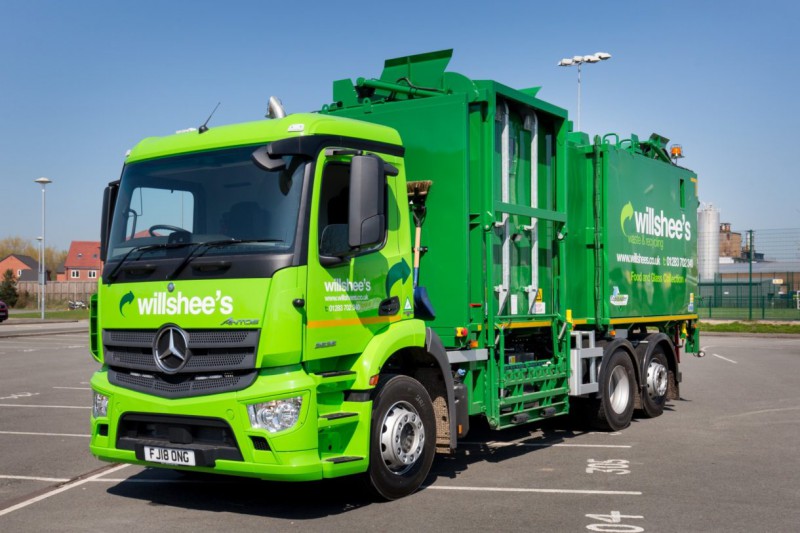
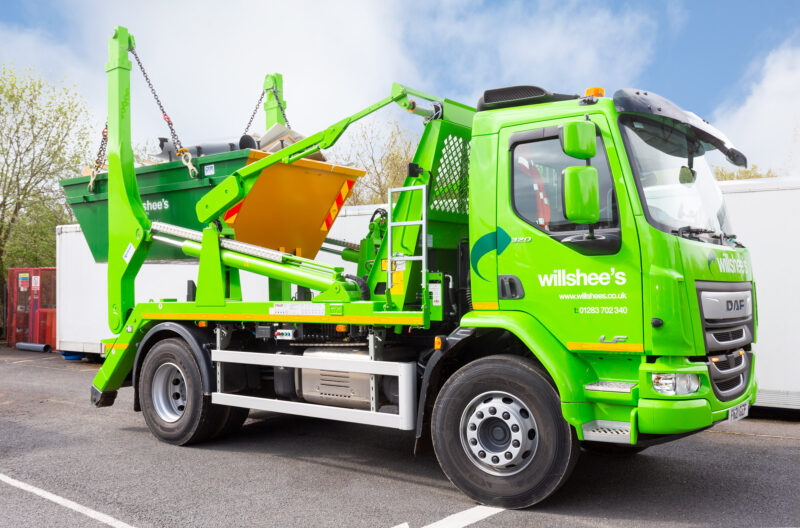
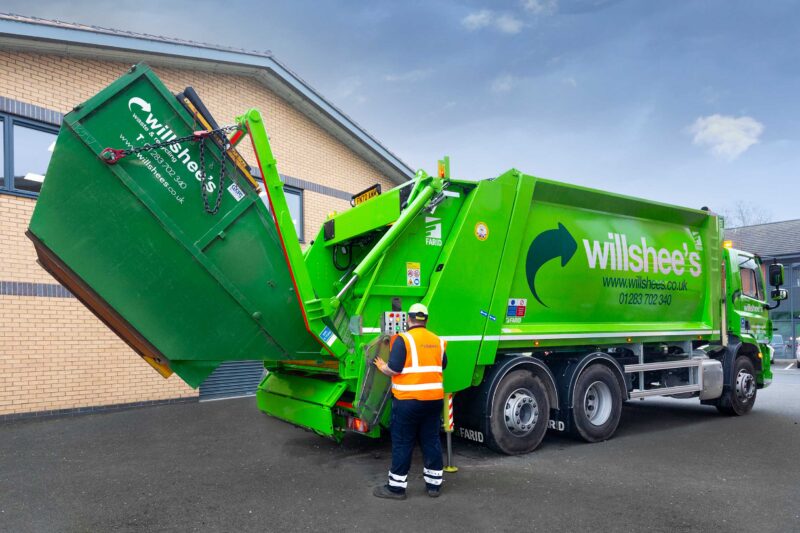



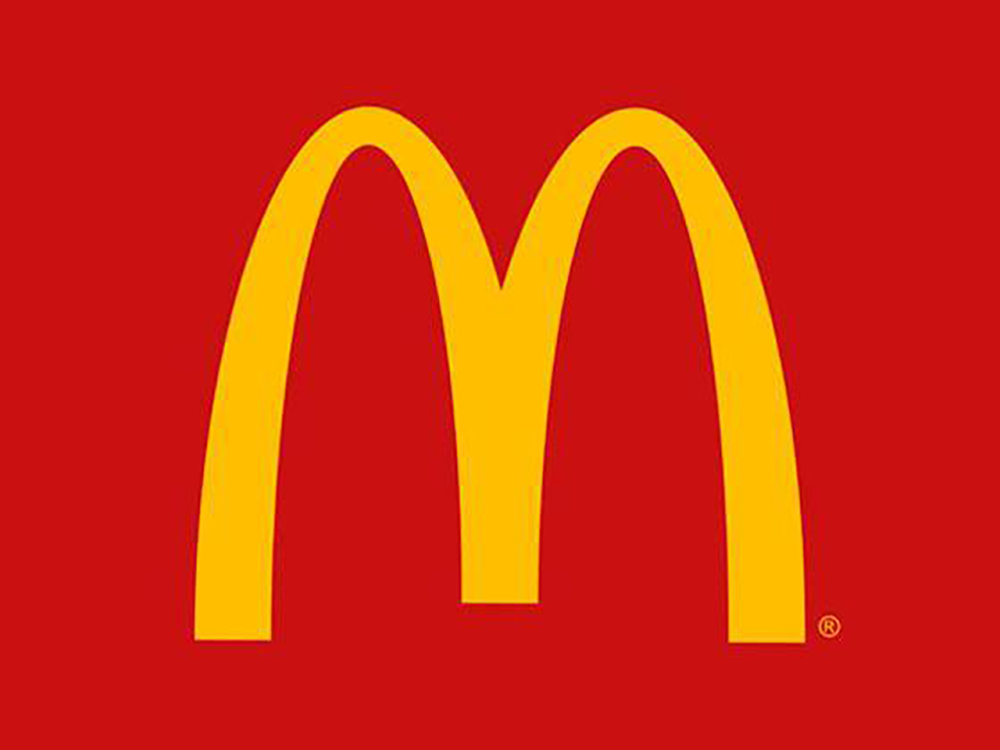


Social